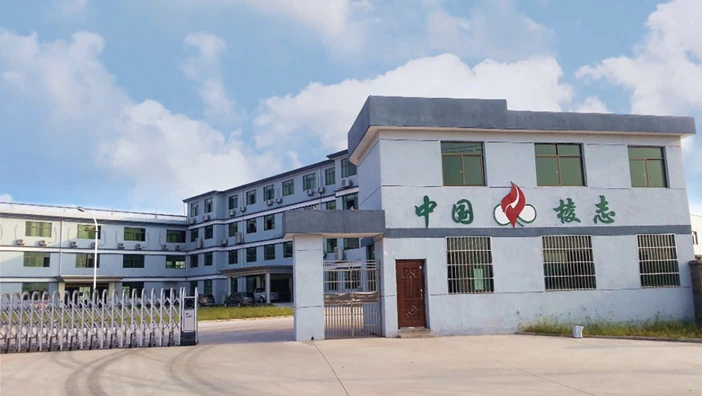Tel: 0086769-23187408
Email: [email protected]
Tel: 0086769-23187408
Email: [email protected]

Cold-resistant fabrics are tough defenders in chilly environments against biting cold. This unique material employs up-to-date materials and advanced technologies to permit it function best and be as comfortable as possible even in extremely low temperatures.
Moreover, the cold-resistant fabric is very effective at absorbing moisture. The fabric contains moisture wicking properties that drain sweat away from the body hence keeping one dry and avoiding uneasiness associated with dampness. In cold places, this quality is essential because wet clothes for example hastens heat loss thus increasing hypothermia cases.

Nize New Materials is one of the world's leading material suppliers. We have more than 20 years of experience in this field and serve customers around the world. We also have world-class production equipment and an annual production capacity of 5 meters of ionic sulfate.
We focus on the research of the anti-piercing shoe midsole, interrupting the monopoly position of the anti-piercing cloth midsole inforeian countries. and producing the anti-piercing cloth midsole of our own branc, filing the domestic gap
The factory covers an area of 83.5 mu and has more than 22.500 sauare meters of production plant, 3,000 square meters of research anddevelopment center, 3,000 sauare meters of office space and more than 500 sets of advanced production and inspection equipment
We have excellent products and a professional sales and technical team that can provide satisfactory solutions according to your needs. If you are interested in our products, we look forward to your online message or call for consultation!
Our products cover a variety of functional materials, whether they are waterproof materials, wear-resistant materials, flame-retardant materials or thermal insulation materials, which can meet the needs of different industries and applications.
Cold-resistant fabric's durability in extreme cold conditions stems from its robust construction. It often incorporates reinforced stitching, seam sealing, and advanced fabric treatments to enhance its resistance to wear and tear. These features protect the fabric from damage caused by rough surfaces, sharp objects, and repeated use, ensuring its longevity and reliability.
The flexibility of cold-resistant fabric is crucial for unhindered movement and performance in cold environments. Despite its protective properties, the fabric remains lightweight and pliable, allowing for freedom of motion. This flexibility enables individuals to engage in activities such as winter sports or work tasks without compromising comfort or mobility.
Cold-resistant fabric finds applications beyond general cold protection. It is commonly used in specialized gear for outdoor activities like mountaineering, skiing, and ice climbing. Additionally, it is utilized in workwear for professionals who operate in extremely cold environments, such as Arctic explorers, cold storage workers, and winter sports instructors.
Cold-resistant fabric achieves thermal insulation through the use of specialized insulating materials, such as synthetic fibers or natural fibers like wool. These materials have high thermal resistance and are designed to trap and retain body heat, providing warmth in cold environments.
The durability of cold-resistant fabric in extreme cold conditions is influenced by several factors. These include the quality and strength of the fibers used, the fabric's construction techniques (such as reinforced stitching or seam sealing), and the ability to withstand abrasions from rough surfaces or contact with sharp objects.
